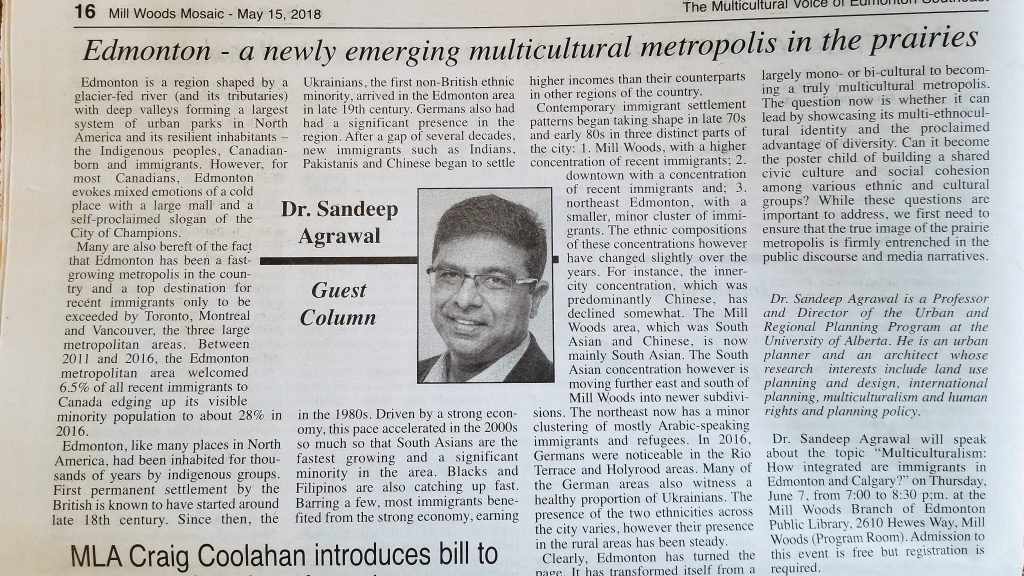
New program seeks to help make Canada a more inclusive place for immigrants
Along with the U of A, the program involves the University of British Columbia, Concordia University and Toronto Metropolitan University, with Agrawal serving as both the U of A team lead as well as a co-lead of the Place and Infrastructure research area. Among many other U of A researchers who will participate, Yasmeen Abu-Laban will contribute to the Citizen Participation area, Geoffrey Rockwell will provide expertise in digital humanities, and other researchers will apply their knowledge in the field of labour economics to contribute to the economic integration components of the project. Additional research areas include Work and Lifelong Learning, and Immigrant Health and Well-Being.
Rights and the City: Problems, Progress, and Practice

Rights and the City (2023) takes stock of rights struggles and progress in cities by exploring the tensions that exist between different concepts of rights. Sandeep Agrawal and the volume’s contributors expose the paradoxes that planners and municipal governments face when attempting not only to combat discriminatory practices, but also advance a human rights agenda. The authors examine the legal, conceptual, and philosophical aspects of rights, including its various forms—human, Indigenous, housing, property rights, and various other forms of rights. Using empirical evidence and examples, they translate the philosophical and legal aspects of rights into more practical terms and applications. Regionally, the book draws on municipalities from across Canada while also making broad international comparisons. Scholars, policy makers, and activists with an interest in urban studies, planning, and law will find much of value throughout this volume.
Contributors: Sandeep Agrawal, Rachelle Alterman, Sasha Best, Alexandra Flynn, Eran S. Kaplinsky, Ola P. Malik, Jennifer A. Orange, Michelle L. Oren, Renée Vaugeois. Afterword by Benjamin Davy
Free e-copies of the entire book are now available at: University of Alberta Press
Paper copies can be ordered from various locations including Amazon
Reimagining Cities
Today’s challenges and how we address them will shape the way we live
“There are so many challenges ahead — environmental, political, fiscal, demographic — it would be easy to feel discouraged. But Agrawal loves this part of urban planning and it’s not a surprise, given that he is a professor and the first director of the University of Alberta’s School of Urban and Regional Planning.“

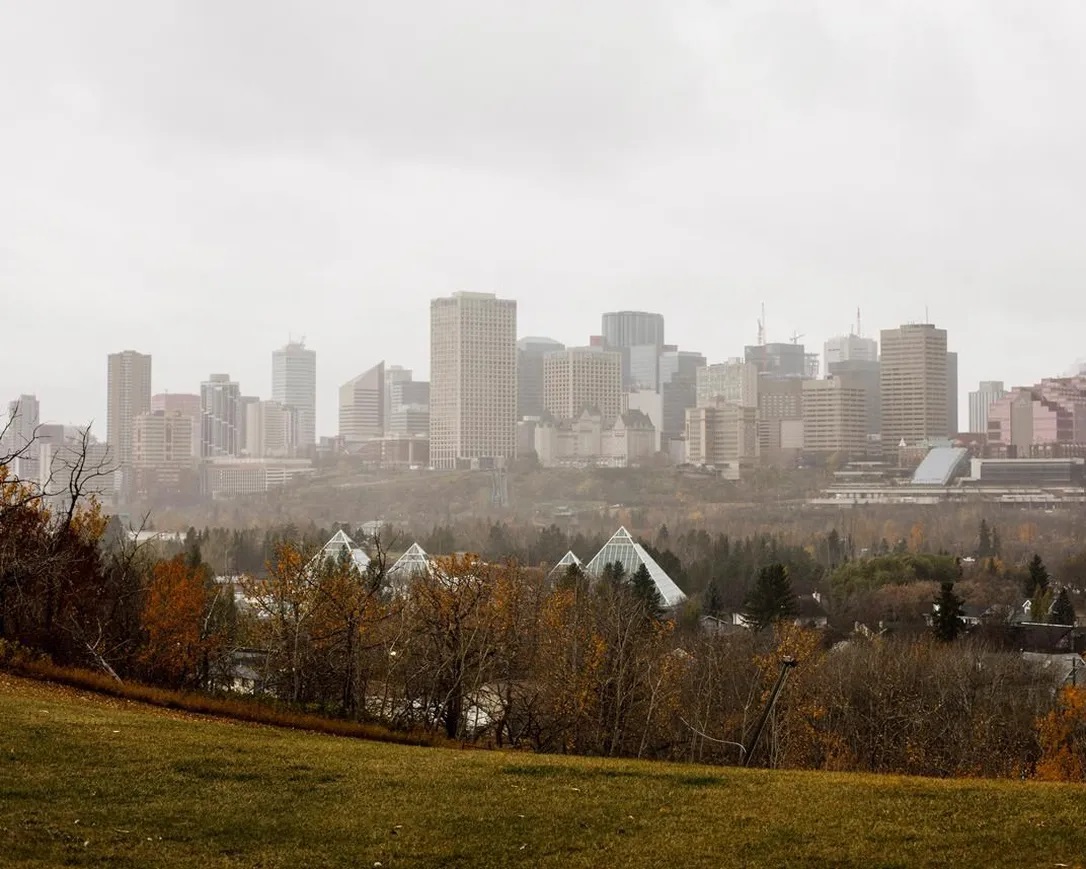

Edmonton may be known for winter chill, but heat islands on the rise, researchers say
Urban Hotspots
Agrawal says development plans and zoning bylaws should mandate the protection of trees on public and private property, as well as discourage use of heat-friendly materials such as asphalt and tar and encourage use of materials that absorb less sunlight for paved surfaces like driveways, parking lots and sidewalks.

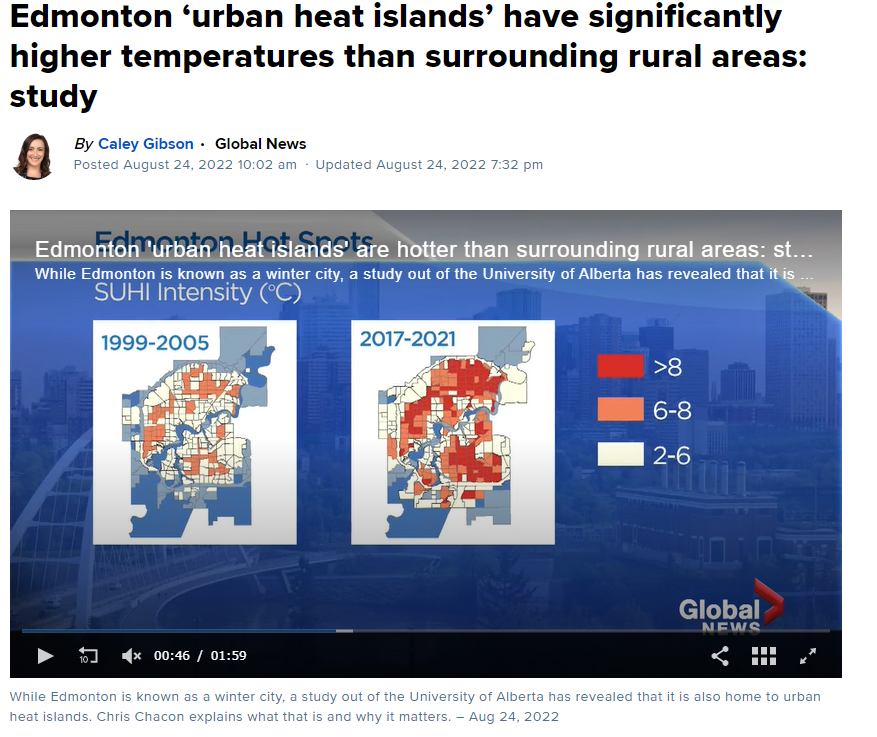
A new study out of the University of Alberta has revealed that Edmonton has “urban heat islands” (UHIs) where temperatures are significantly higher than surrounding rural areas in both the summer and winter.
By Caley Gibson Global News
The research released Wednesday shows surface temperatures in Edmonton have increased by as much as 12 C in the last two decades, compared with surrounding rural areas.

Shrinking green space in Canadian cities
Sandeep Agrawal was on the CBC Radio Syndication on Feb 10, 2022, which was broadcast across the country that morning on over 10 CBC stations including Mark Connolly’s morning show. He was asked to comment on the Statscan report on shrinking green spaces in Canadian cities.
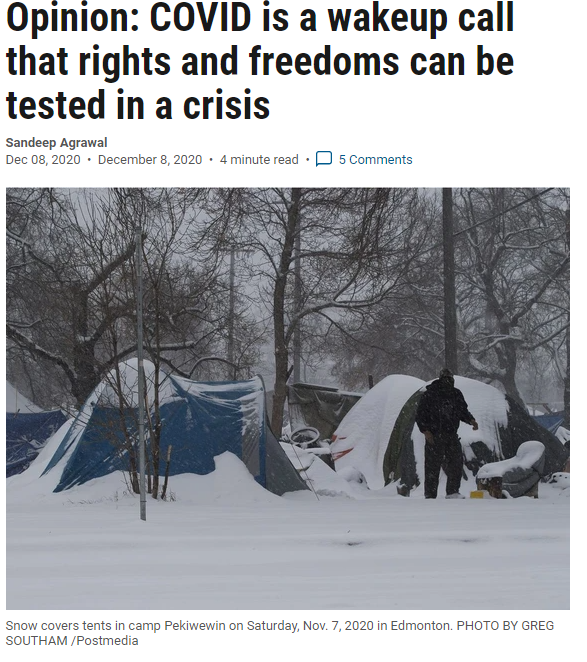
“The pandemic has certainly placed the Canadian government in a serious bind: how to maintain its obligation to keep Canadians safe while upholding its human rights obligations. It has added to our societal vulnerabilities given that many Canadians are in precarious employment or housing situations, The pandemic has worsened the situation of many ethno-racial communities, many of which were already living on the verge of crisis.”
Pandemics, infectious diseases and urban planning have a long and intertwined history. Multiple episodes of the Black Death in the 14th century brought parks and open spaces to European cities. Cholera outbreaks in the 19th century led to some of the first sanitation plans and formalized the very concept of urban planning. The City of New York pioneered zoning regulations in the early 20th century partly in response to deteriorating public health conditions, which saved more lives than the first use of penicillin in the early 1940s, according to some epidemiologists.
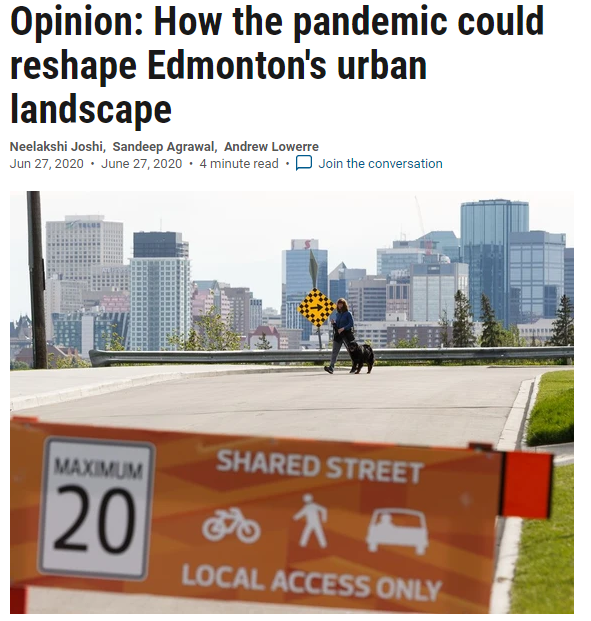

Multicultural Planning: Evolution and scope in the Canadian context

Planning around the edges
Les limites territoriales des municipalités
